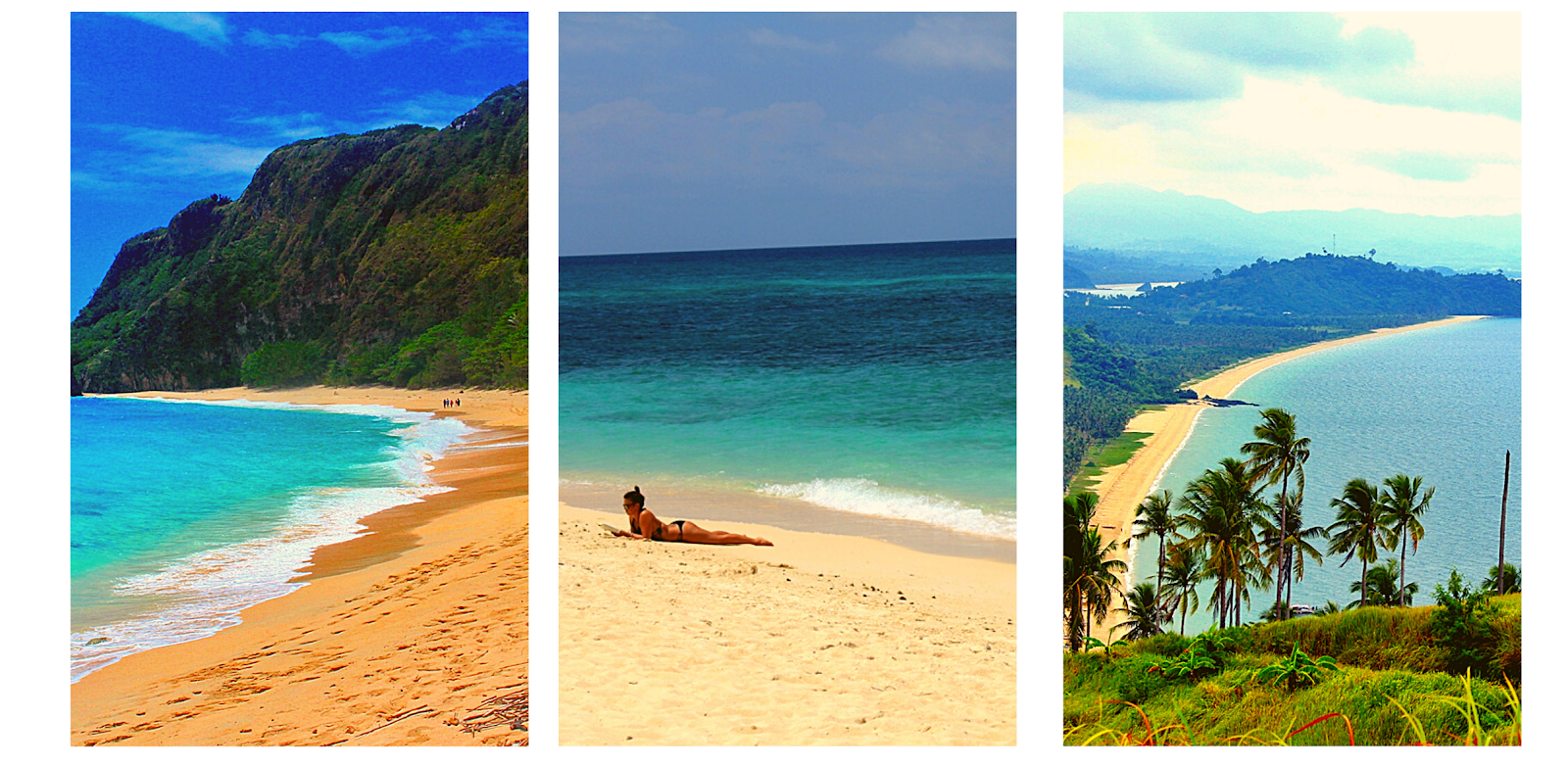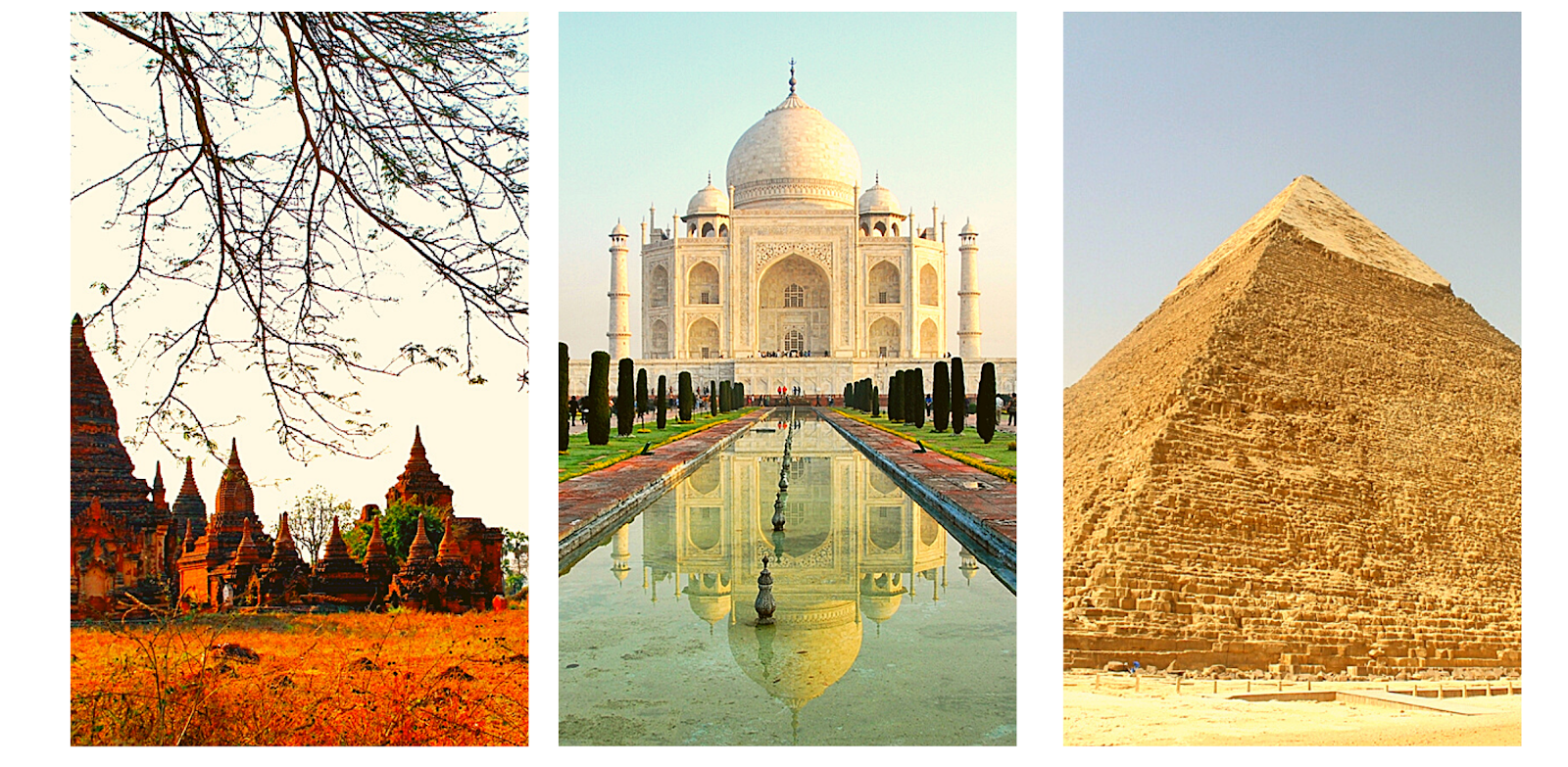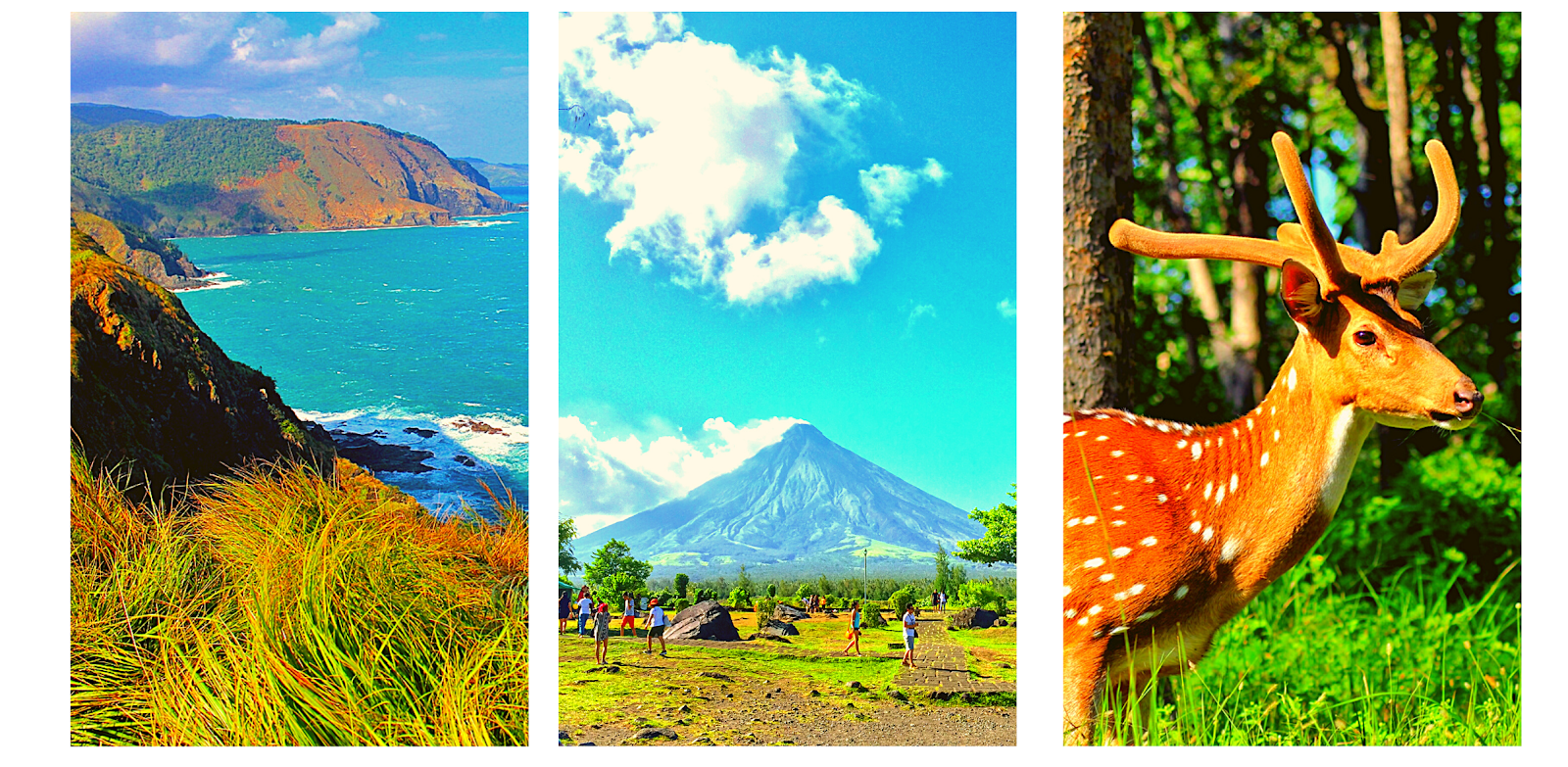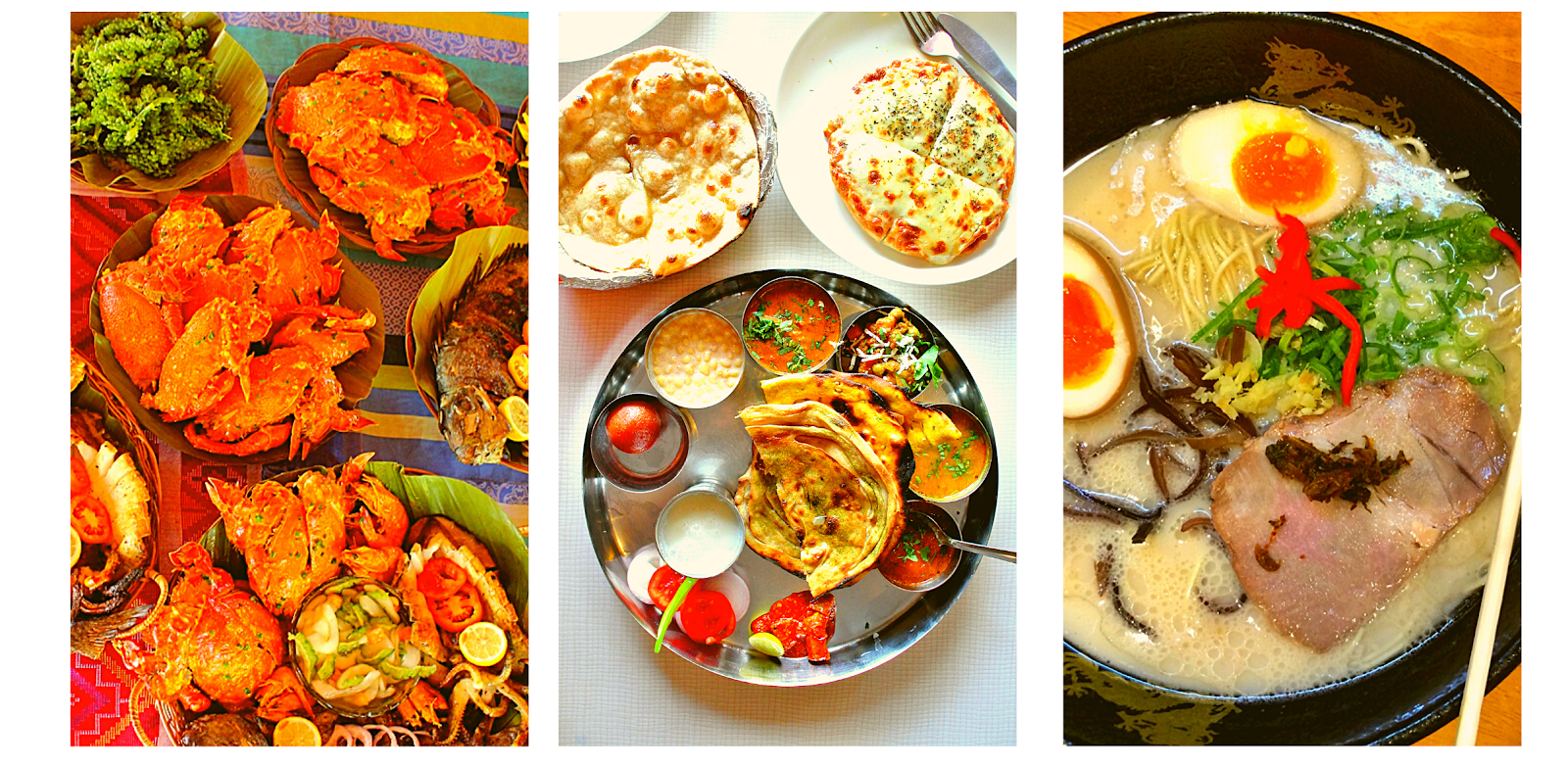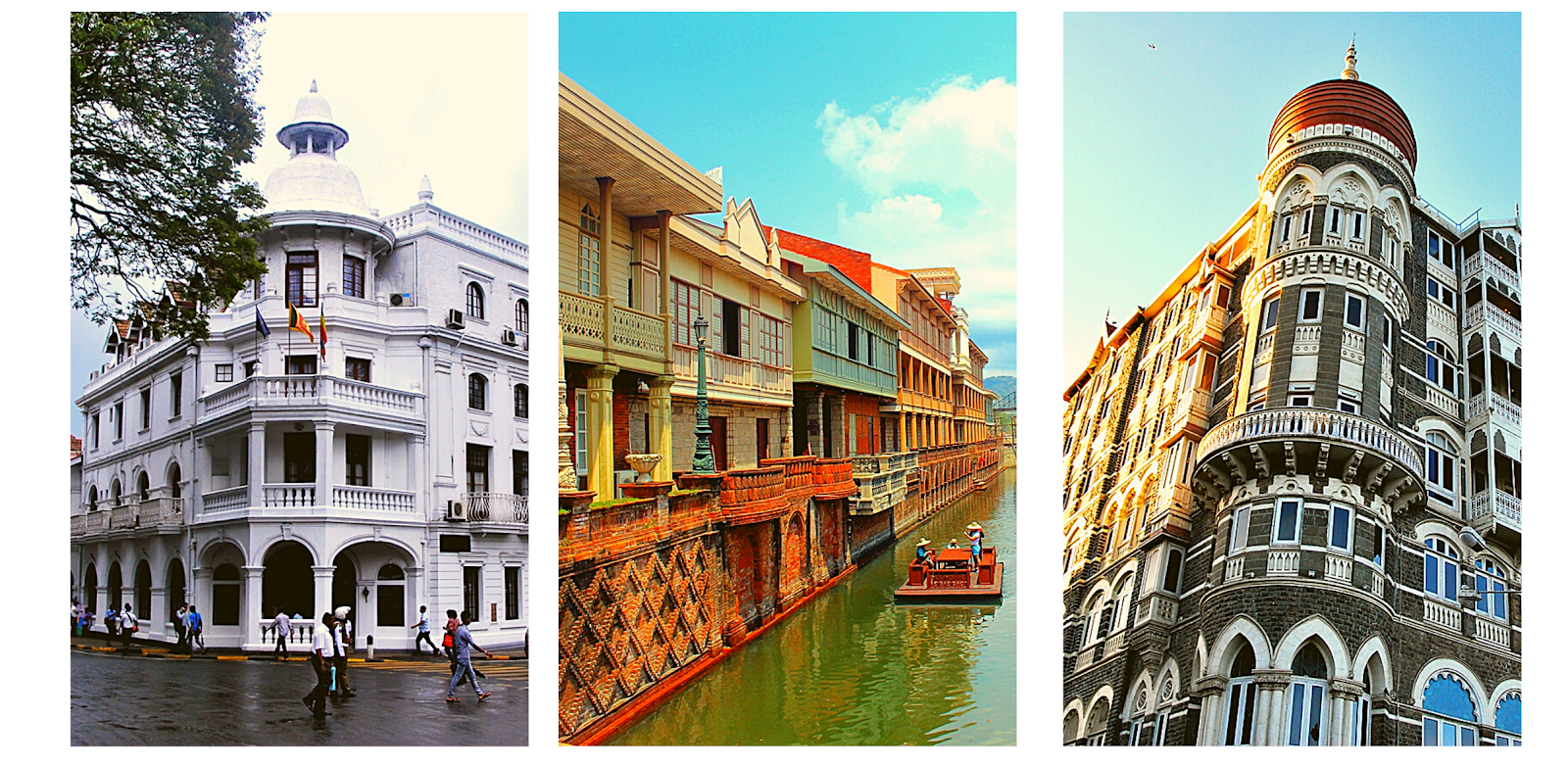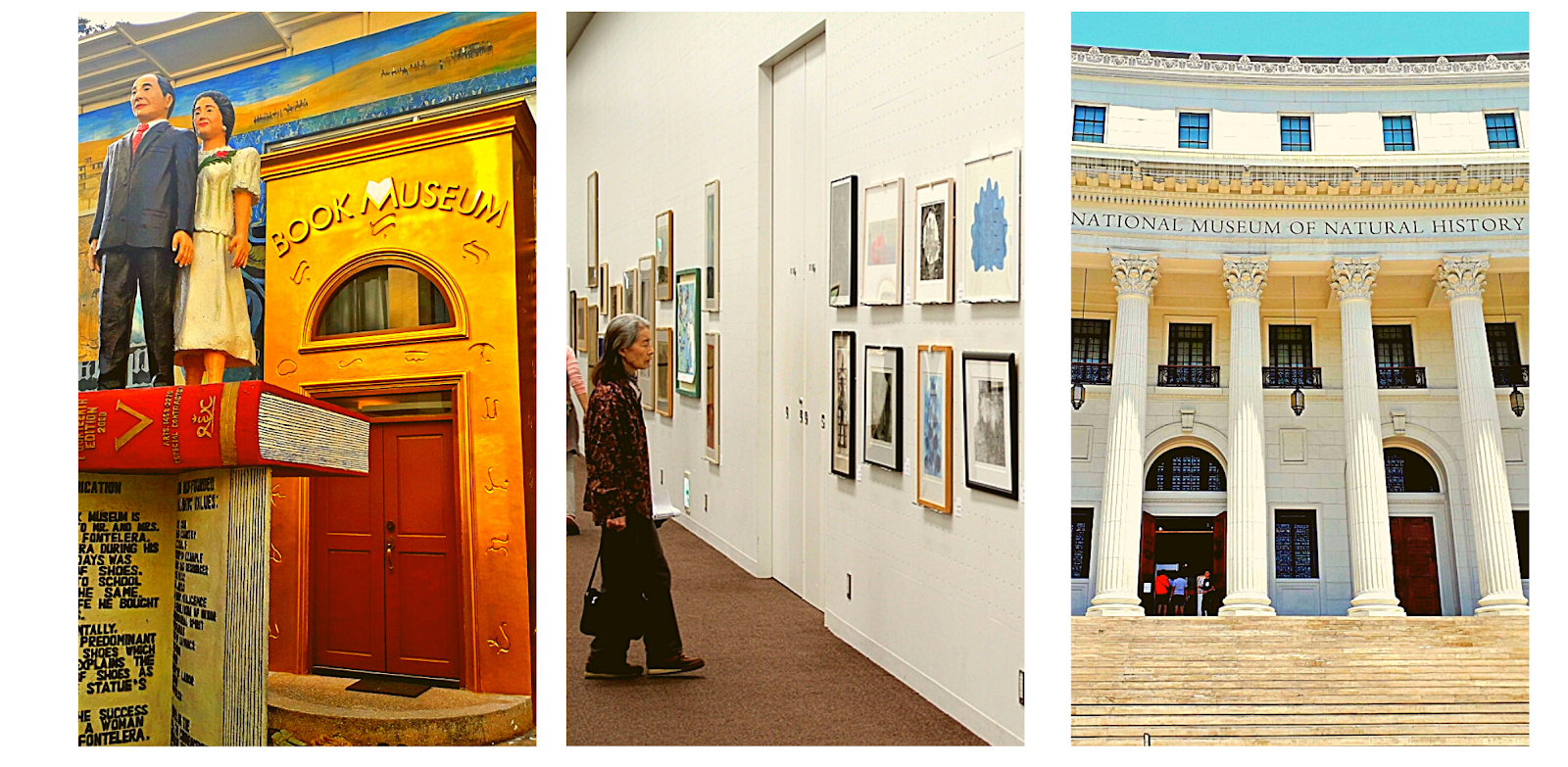Ariadne and I awoke around 5:30 a.m. at our lovely hostel, the Shambara Boutique Hostel on Khao San Road, eager for our day trip to the ancient city of Ayutthaya, located about 76 kilometers north of Bangkok. We took a cab from Khao San Road to Victory Monument (81 Baht) and then a van (a spacious and comfortable Toyota Commuter - 60 Baht) for the hour-long journey to Ayutthaya. We arrived in Ayutthaya around 8:30 a.m. and began our temple hopping aboard a motorized three-wheeled Tuk-tuk driven by the middle-aged woman who approached us as we exited the van. Prior to that, we agreed on a deal for her to take us around and show us at least ten temples for 500 Baht.
Ayutthaya was a Siamese Kingdom that flourished from 1350 to 1767 when it served as Thailand's capital. King U Thong (1314-1369), who reigned from 1351 to 1369, established the kingdom. The city was then ruled by 33 kings from various dynasties until it was attacked and conquered by the Burmese in 1767. Following 14 months of fighting, a city-wide burning by the Burmese reduced the city to tatters and chaos, abandoning the once-mighty Ayutthaya Kingdom. Today, the ancient ruins of Ayutthaya have become a major tourist attraction in Thailand, and UNESCO designated them as World Heritage Sites in 1991.
The temperature was lower than usual in the morning. The strong winds, combined with the bright sky, created ideal conditions for exploration. I had just returned from a similar temple hopping trip in Siem Reap, Cambodia, and I was looking forward to the visual feast and new information that these temples and ruins would provide. As we rode along Ayutthaya's city road, I noticed many similarities to Siem Reap. There are stupa ruins and temples all over the place. History has left an indelible imprint on this city, making it, along with a few other cities, a place to indulge and savor new historical knowledge.
We began by visiting Wat Yai Chaimongkhon, which was originally built by King U-Thong as a place of meditation. It bore the scars of its troubled past, highlighted by the still-perfect formation of its massive chedi. Visitors can enter the building, which is also the tallest in Ayutthaya. Although we were wary of the small steps, we made it to the top and marveled at the magnificent view of the surrounding stupas and temple. This site also has a reclining Buddha, which we almost missed if not for the photograph we saw near the exit. The following stop was Wat Phanan Choeng, which is located near the Chao Phraya River. The largest ancient bronze statue of the Buddha in Thailand (known as Luang Po To) is housed in this temple, which was built in 1325 and is the oldest in Ayutthaya.
Wat Chai Wattanaram is another Buddhist temple that appears to be one of the best in Ayutthaya from a distance. It was built in 1630 on King Prasat Thong's orders and was constructed with a heavy reliance on Khmer architecture, reminding me of the temples I saw in Siem Reap back in November. Unfortunately, at the time we visited, visitors were not permitted to enter the Wat because restoration work and water draining were still being done on the ruins as a result of Thailand's recent flooding. The man at the gates showed us the floodwater mark, which was up to my neck.
Our next stop was the Phra Budhasaiyart, or Reclining Buddha. The reclining Buddha, according to the marker, "represented the moment at which a giant named Asurindarahu was unwilling to pay respect to the Buddha because he was so proud of his huge body. The Buddha desired the giant to be less arrogant, so he turned himself as much larger as the giant" . I assume this is one of the many teachings of Buddha that teaches us the importance of staying humble to everyone we meet in this lifetime.
Wat Phu Khao Thong, also known as the "Golden Mount," is the only temple we saw from a distance that has that 'black and white' appearance. We climbed its Chedi and were rewarded with another breathtaking view of the surrounding area. It was built in the style of Ayutthaya and Burmese architecture of the time. The monastery was built in 1387, and in 1569, a massive Pagoda was added as a symbol of the Burmese army's victory over Ayutthaya.
Wat Phra Mongkol Bophit is home to a large bronze Buddha that was burned by ransacking Burmese. In 1956, the Buddha was restored to its former majesty. The Royal Palace and Wat Phra si Sanphet are just a short walk away tuck in a beautiful set of ruins. The temple was used as the Royal Monastery from 1350 to 1448, and it has three chedis that represent the three royal relics of Ayutthaya's kings. We spent more time walking around this ruined compound than the others because there was so much to see and stare into.
I told Ariadne that these ruins are similar, yet different in some ways, to those in Siem Reap, but it doesn't matter because it allows us to relive an interesting part of history that I am only now discovering and would like to learn more about. Nobody taught me about these things in school, but traveling allowed me to realize that the world is full of opportunities to learn new things, particularly about history and oriental religions of past kingdoms that have come and gone.
Wat Mahathat, which is thought to have been built in 1384 by King Rachatirat, is famous for the eerie and mysterious image of a Buddha's head seemingly trapped between the thick trunk of an old Banyan tree. A stunning image that has since become an Ayutthaya icon. It is now a sacred site, and visitors who wish to photograph the Buddha's head should do so only while kneeling. A row of headless Buddha statues adorn one side of a ruined wall around the site. Stupas stood hollowed out and almost collapsing around them.
It was already past lunchtime, but who was keeping time? We're in the midst of temple hopping, and keeping track of the time is the last thing on our minds. It was a fantastic incursion to this ancient city, seeing all of these ruins, the remnants of past kingdoms and once-mighty civilizations, was a once-in-a-lifetime opportunity. Surely, it defeats lounging on a deserted beach somewhere at that time.
Sitting next to Wat Mahathat is Wat Ratchaburana (be careful with your pronunciation or you might utter "Wat Buratcha" or something) was built in 1424 on King Boromajara II's orders to serve as the cremation site for his two elder brothers who engaged in a duel for the throne. What a dedicated group of people, giving up their lives for the sake of the kingdom they all want to rule. Isn't it fascinating? The carvings on the Chedi are exquisitely detailed. Atop and inside the Prang, you can see the crypt and, if you dare descend the staircase, it will lead you to a couple of rooms with paintings visible on the walls.
We finished the tour just before 2 p.m. and were immediately returned to the van terminal. After a few hours, we were back at our hostel, eating Pad Thai and fish rolls, grateful that our short trip to Bangkok had taken us all the way to the ancient city of Ayutthaya. We were also able to travel back in time - figuratively and in our imaginations - through its ruins.

